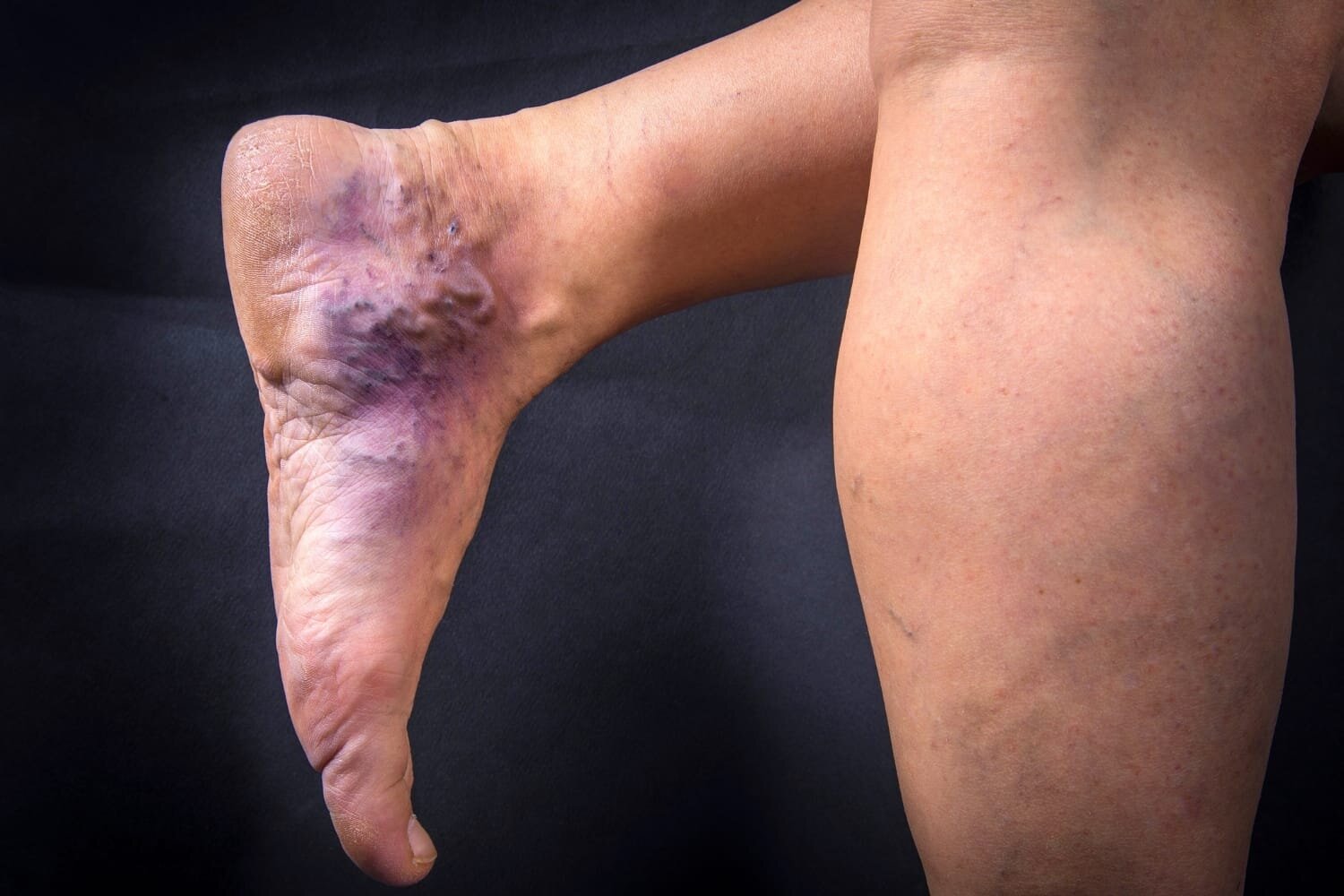Venous disease-related skin changes overview
With progressive venous disease, skin color and thickness can become abnormal. This is typically seen in patients with advanced venous disease or patients in whom more than one mechanism of venous disease is present.
Dr. Leandro Perez discusses the various skin changes that can occur with venous disease and how to treat them.
Venous disease-related skin changes manifestations
When advanced venous disease is present, the skin color may deteriorate into a dark brown color known as hyperpigmentation. This discoloration is most commonly noted in the foot, ankle and lower leg segments and may progressively enlarge and ascend up the leg to involve larger and larger segments if left untreated.
In other cases, a prominent white patch can be seen in the ankle area also related to advanced venous disease due to skin scar formation.
Skin thickness changes can occur in addition to skin color changes in the setting of advanced venous disease; lipodermatosclerosis is the induration (hardening) of the skin and underlying fatty tissue involving the lower legs of patients with severe forms of venous disease. When the skin becomes hardened and dry there is a greater propensity to develop skin ulcerations.
What causes venous disease-related skin changes?
Venous disease related skin changes are a consequence of elevated blood pressure in the lower legs due to venous blood pooling.
Stagnant blood subjected to elevated pressure in the lower legs causes red blood cells to leak out of the vessel and into the surrounding tissues.
When the red blood cells leak out of the veins, they break down and their inside chemical pigments are released and are deposited in the tissues surrounding the blood vessels under the skin. Inflammatory substances and the pigment released from red blood cells are responsible for the skin color and thickness changes seen with advanced venous disease.
Diagnosis of venous disease-related skin changes
Venous disease-related skin changes are characteristic of advanced venous problems; so, their presence is a reliable way of diagnosing venous disease. Following a medical history and physical examination, a venous ultrasound is typically performed to determine the extent and severity of venous disease. In certain cases, a venogram with IVUS may be necessary if there is a concern for deep venous obstructive disease.
How are venous-related skin changes treated?
The presence of skin changes indicates an advanced form of venous disease. The treatment depends on the mechanism, anatomical location, extent and severity of venous disease. Superficial and perforating venous disease is treated with ablation or sclerotherapy techniques and deep venous disease is treated with revascularization if significant venous obstruction is identified.
To request a consultation click below or call (239) 300–0586


